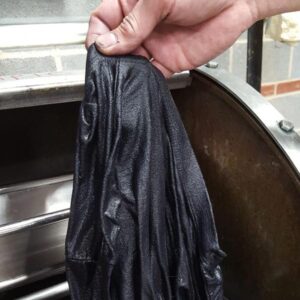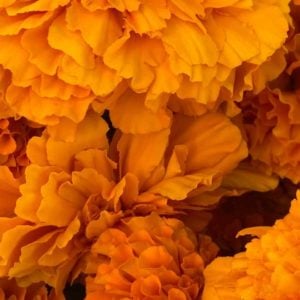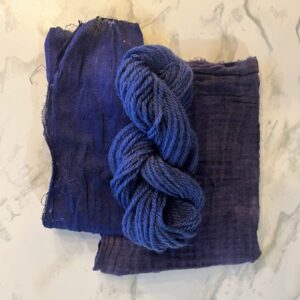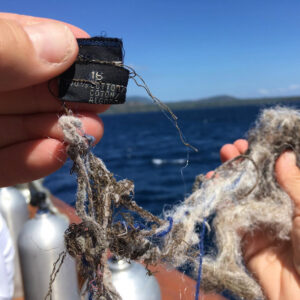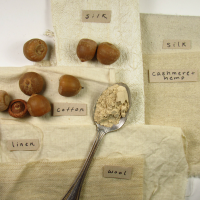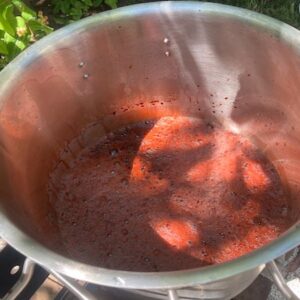The Beginner Dye Kit: Black
Use your gallo tannin + iron to get some deep & dark shades of black! You can substitute the gallo tannin with other tannins in the future and dark extracts to make a variety of dark hues. Want to know how to make your very own signature black natural dye? Here’s a really good black recipe from Kathy to send you into tannin and iron experiments all day…or maybe, for the rest of your life. Black with gallo tannin, iron and logwood is a historical recipe from Europe and creates a warm black. Prior to the introduction of logwood to Europe, black was achieved through multiple baths of tannin … Read more

